Galvanized can profile 10
Latest Update: Dec 22, 2024, 9:25:16 AM
Product Category: Greenhouse Steel
Product status: Available
If available, you can thoroughly review this product and ultimately place your order for it using the form located at the bottom of the page.
Product Description
C10 Profile and Its Applications in Greenhouse Construction
The C10 profile, a type of metal profile, is widely used in various industries, particularly in greenhouse construction, due to its high strength, appropriate weight, and design flexibility. Typically made from galvanized or carbon steel, these profiles with a 10×10 cm cross-section (or similar) are ideal for greenhouse structures because of their structural and economic advantages. This article explores the C10 profile and its applications in building different types of greenhouses.
What is a C10 Profile?
A C10 profile refers to a metal profile with a square or rectangular cross-section, usually with a wall thickness ranging from 1 to 3 mm. These profiles are favored in metal structures for their geometric uniformity, high resistance to pressure and bending, and ease of welding. The galvanized coating ensures resistance to rust and corrosion, making them suitable for the humid environments of greenhouses
Features of C10 Profile
.High Strength: The geometric structure of the C10 profile enables it to withstand heavy load
.Corrosion Resistance: The galvanized coating protects against rust in humid conditions
.Lightweight: Compared to heavier materials like I-beams, C10 profiles are easier to transport and handle
Design Flexibility: Easy to cut, weld, and connect, they are ideal for complex greenhouse designs.
Cost-Effective: These profiles are more affordable than many other materials, reducing construction costs.
Applications of C10 Profile in Greenhouse Construction
Greenhouses require robust, lightweight, and corrosion-resistant materials, making C10 profiles a popular choice. Below are the main applications of C10 profiles in various greenhouse types:
1. Main Framework and Structure
C10 profiles are commonly used as columns and beams in the main framework of greenhouses. Their high strength allows them to support the weight of greenhouse coverings (such as plastic, polycarbonate, or glass) and withstand environmental loads like wind and snow. In tunnel or arched greenhouses, C10 profiles are used to create curved roof structures, enhancing both aesthetics and structural integrity.
2. Supporting Frames
Modern greenhouses often require supporting frames for installing ventilation systems, shade curtains, or drip irrigation setups. C10 profiles, due to their lightweight nature and ease of connection, are ideal for constructing these frames. They can be welded into grid-like structures to provide sturdy support for various greenhouse components.
3. Support for Heating and Cooling Systems
Greenhouses rely on heating and cooling systems, which often need metal structures for installation. C10 profiles serve as bases or rails for mounting heaters, fans, or misting systems. Their corrosion resistance ensures durability in the humid greenhouse environment.
4. Construction of Cultivation Shelves and Platforms
In hydroponic or multi-tier greenhouses, C10 profiles are used to build cultivation shelves and platforms for holding plants. Their lightweight nature minimizes the load on the main structure, while their versatility allows for customized designs to suit different cultivation needs.
5. Temporary or Portable Greenhouses
For small or temporary greenhouses that require mobility, C10 profiles are an excellent choice due to their light weight and ease of assembly and disassembly. These profiles enable the construction of modular greenhouses that can be easily relocated or reconfigured.
Advantages of Using C10 Profiles in Greenhouses
Durability in Humid Conditions: The galvanized coating ensures resistance to rust in moist environments.
Cost Savings: C10 profiles are more affordable than alternatives like aluminum or heavy steel.
Quick Installation: They can be easily connected using welds or bolts, speeding up construction.
Design Versatility: Suitable for various greenhouse designs, including tunnel, arched, or multi-span structures.
Key Considerations for Using C10 Profiles
Choosing the Right Thickness: Select a profile thickness based on the greenhouse size and environmental conditions (e.g., wind or snow loads).
Quality Galvanization: Ensure the profiles have a high-quality galvanized coating to withstand humidity.
Engineered Design: For large greenhouses, consult a structural engineer to ensure safety and stability.
Periodic Maintenance: Regular inspections can prevent corrosion or structural issues over time.
Conclusion
The C10 profile, with its strength, corrosion resistance, and cost-effectiveness, is an excellent choice for constructing modern, efficient greenhouses. From the main framework to cultivation platforms, it plays a vital role in various greenhouse designs. By selecting the right profiles and ensuring proper design, you can build a durable and profitable greenhouse. For more information on choosing profiles or designing greenhouses, consult with experts in metal structures or agricultural engineering.
Order for Galvanized can profile 10
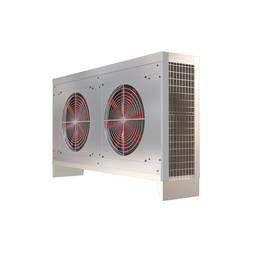 Axial Fan Evaporative Cooler
Axial Fan Evaporative Cooler
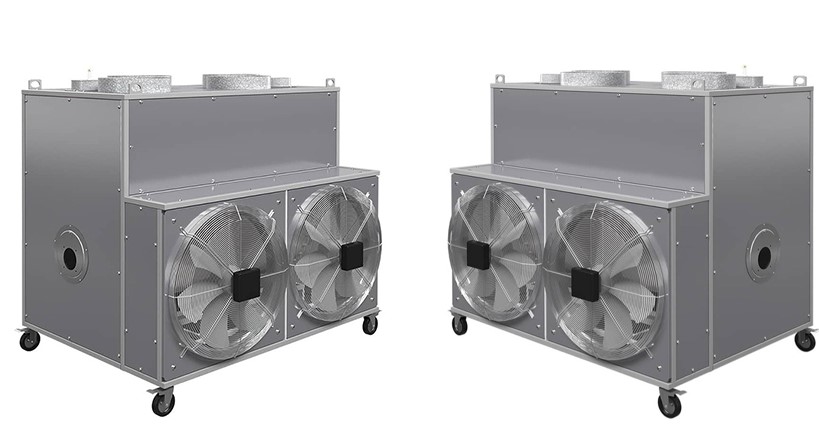 Furnace Heater
Furnace Heater
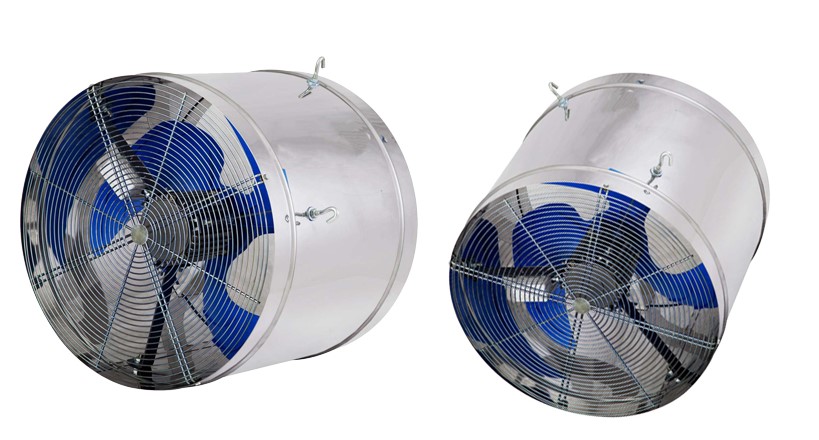 Type 4 Circulation Fan
Type 4 Circulation Fan
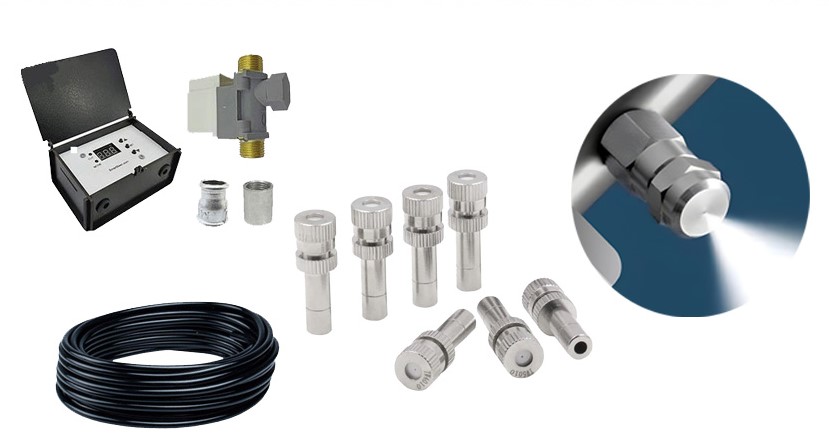 Greenhouse Mist Sprayer
Greenhouse Mist Sprayer



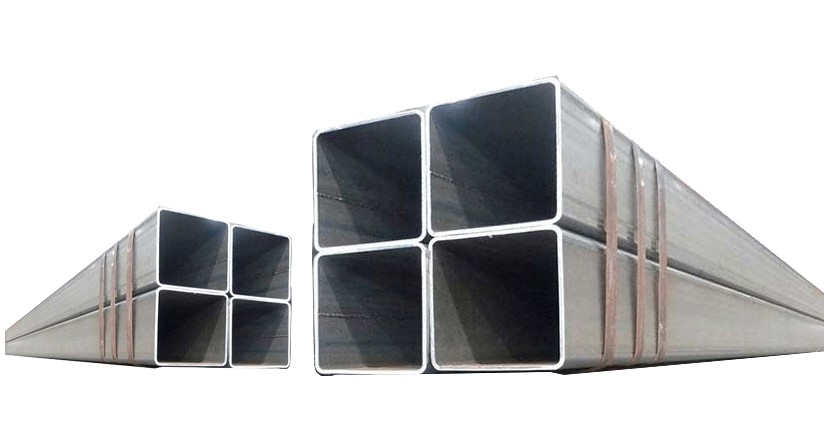
 7 Myths About Starting a Greenhouse
7 Myths About Starting a Greenhouse
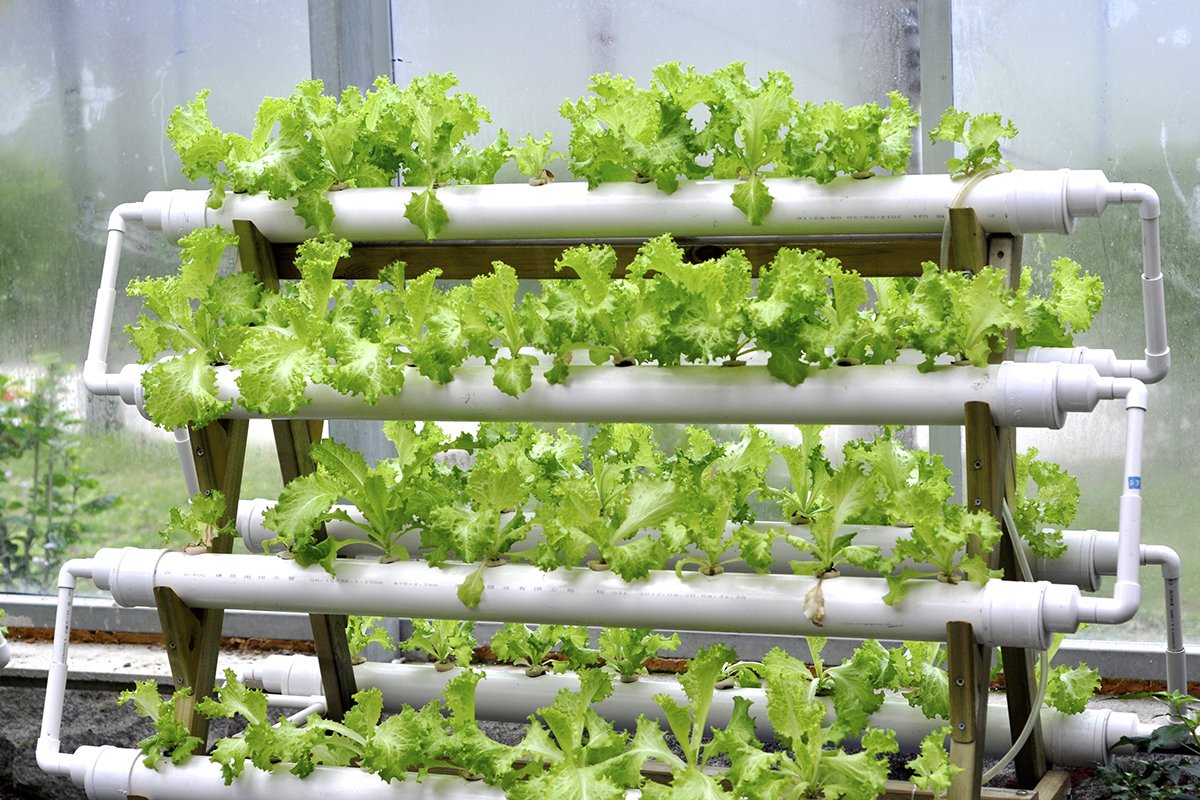 Hydroponic Greenhouse: A Comprehensive Guide to Setup, Benefits, and Systems
Hydroponic Greenhouse: A Comprehensive Guide to Setup, Benefits, and Systems
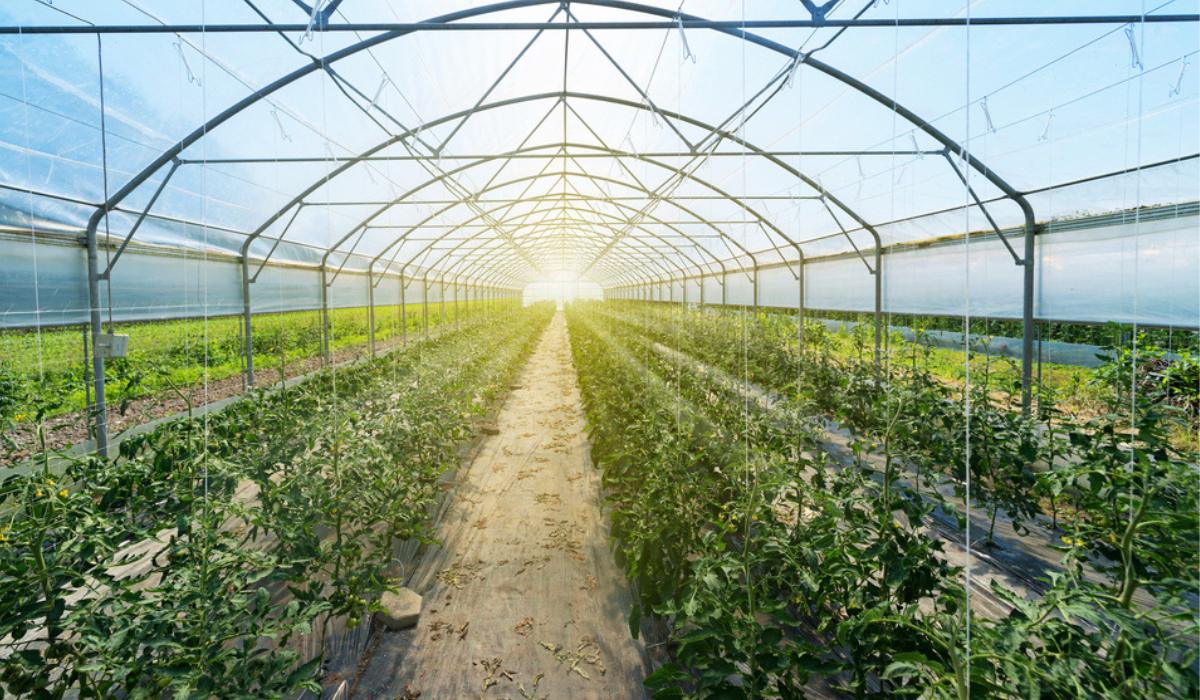 Land Requirements for Greenhouse Establishment
Land Requirements for Greenhouse Establishment
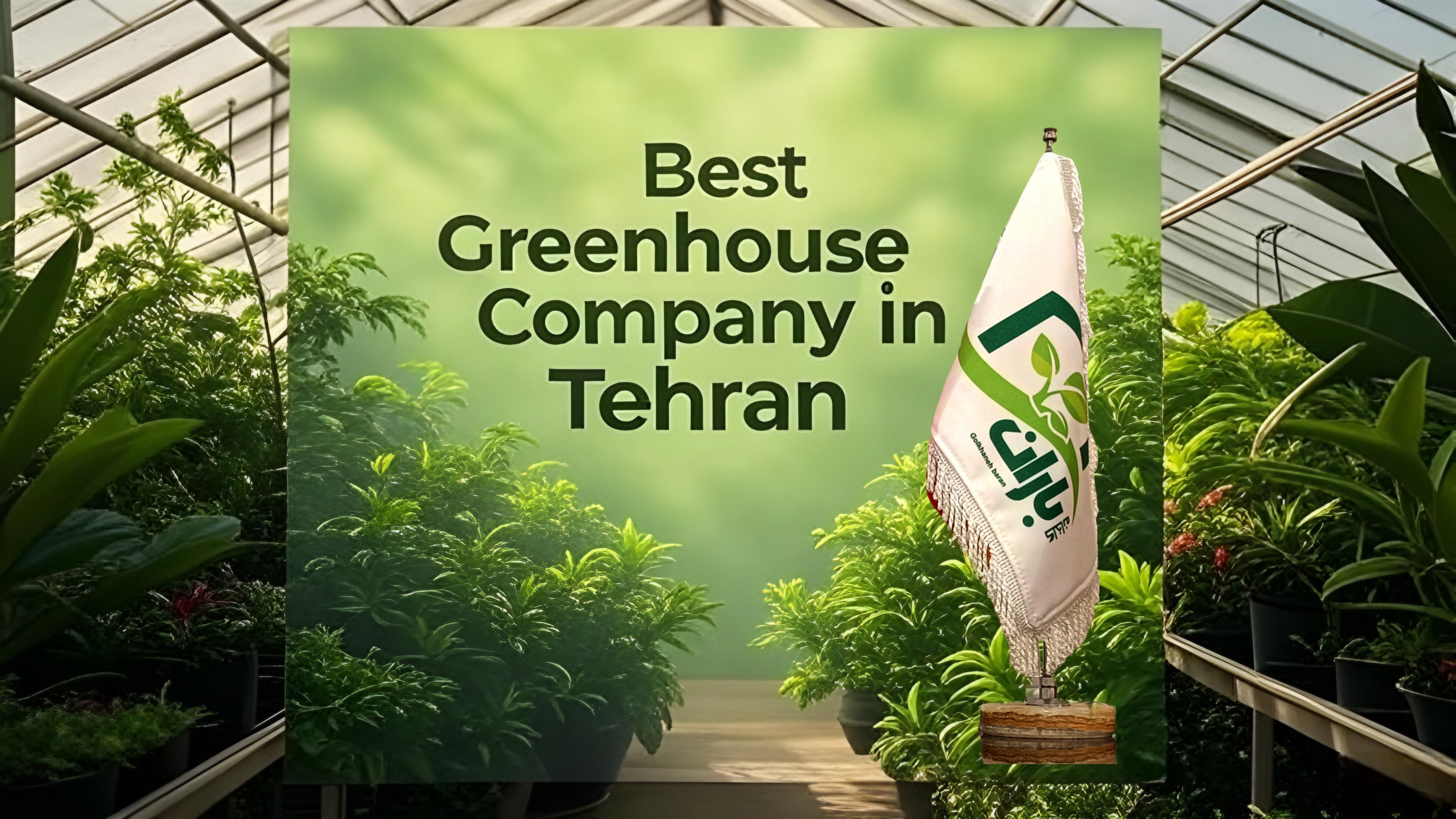 The best greenhouse construction company in Tehran
The best greenhouse construction company in Tehran